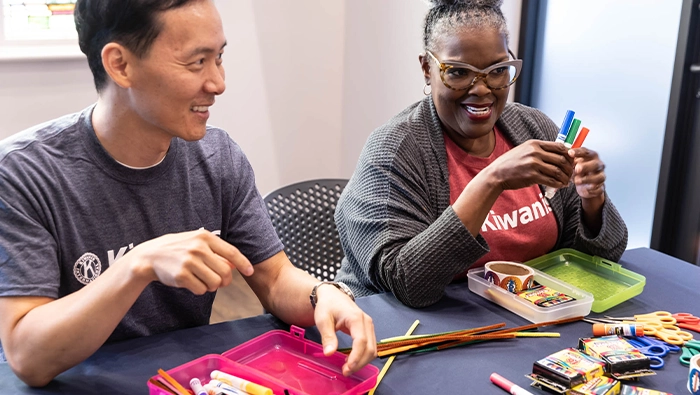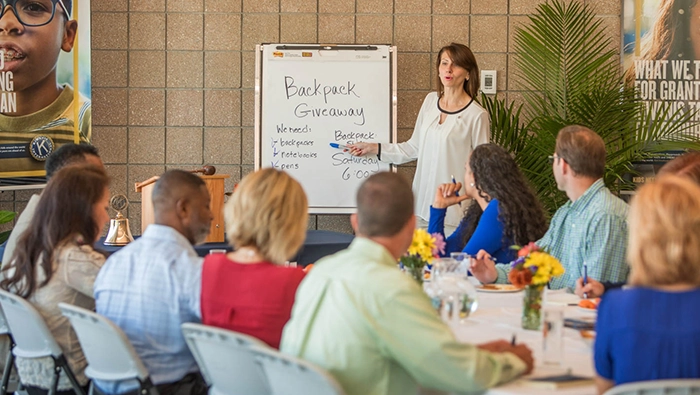
3 ways to reward recruiting for a stronger club
Recruiting is serious business, but that doesn’t mean it can’t be fun — especially when members succeed.
By Tony Knoderer
Thriving Kiwanis clubs make recruiting a challenge, not a chore. Does your club reward current members for bringing in new members? At your next club meeting, mention these methods for building enthusiasm:
- Ruby K pins. For every five new members a current member sponsors, recognize them with a Ruby K pin — at no cost to the club. Details and a link to the request form are available on our awards and recognition webpage.
- Savings and swag. Each time a current Kiwanian brings in a new member, present them with a gift card, Kiwanis-branded attire or other items that honor their effort.
- Online outreach honors. Social media is a powerful tool — your club should use it! Encourage individuals to share information about the club on their Facebook, Instagram and other social media accounts. Reward them when their online information results in a new member.
Whatever your club’s method for rewarding recruiting, make it an event. Put the presentation of rewards and congratulations on the meeting agenda! Show everyone that recruiting matters enough to be a continuing part of club culture.


